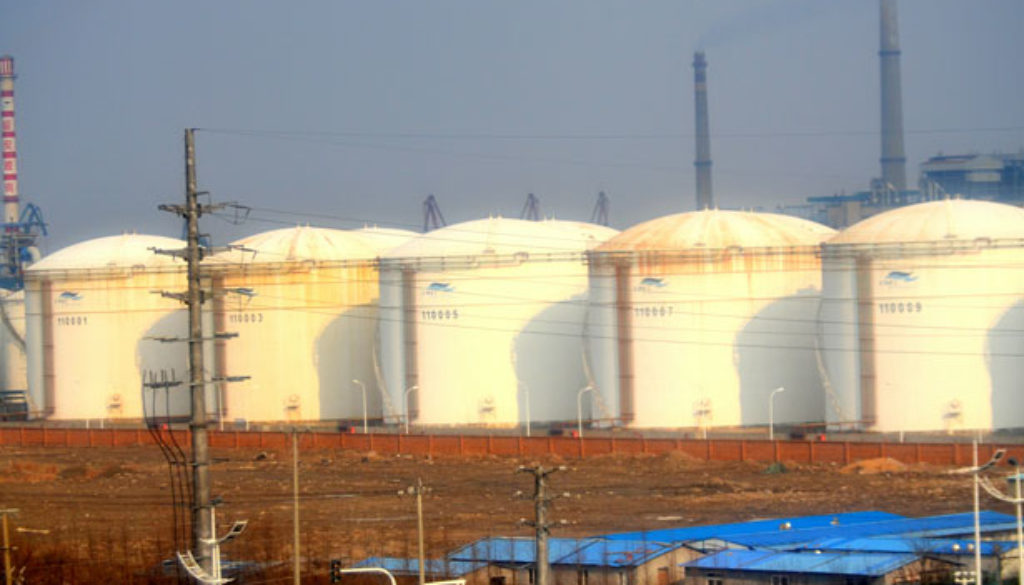For Decades, Polluters Knew PFAS Chemicals Were Dangerous But Hid Risks From Public
By By Jared Hayes and Scott Faber, Environmental Working Group
For nearly 70 years, chemical companies like 3M and DuPont have known that the highly fluorinated chemicals called PFAS build up in our blood. They’ve known for almost that long that PFAS chemicals have a toxic effect on our organs.
But they did not alert federal or state regulators until 1998, and many companies continue to make and release PFAS chemicals into the environment today. What’s worse, some are using junk science to fight efforts to reduce ongoing discharges and clean up legacy pollution.
Today EWG released documents that detail decades of deception. Secret studies and internal memos reveal:
- As far back as 1950, studies conducted by 3M showed that PFAS chemicals could build up in our blood.
- By the 1960s, animal studies conducted by 3M and DuPont revealed that PFAS chemicals posed health risks.
- By the mid-1970s, 3M knew that PFAS was building up in Americans’ blood.
- In the 1980s, both 3M and DuPont linked PFAS to cancer and found elevated cancer rates among their own workers.
The two most notorious PFAS chemicals, PFOA and PFOS have been phased out in the U.S. under pressure from the Environmental Protection Agency. But they’ve been replaced by a new generation of hundreds of chemicals that many companies continue to produce and release to this day.
The result is a full-scale contamination crisis.
PFAS contamination has so far been found in more than 700 communities in 49 states, but that is likely the tip of a toxic iceberg. Unreleased federal data indicate that up to 110 million Americans may have PFAS in their drinking water, and PFAS has contaminated much of the food supply.
Despite the risks posed by these “forever chemicals,” there are still no legal limits on their release into the air and water. Military and civilian firefighters can continue to use PFAS-based firefighting foams that seep into drinking water supplies. Because these foams have been used for decades, hundreds of military installations are contaminated.
What’s more, chemical companies continue to discharge PFAS into the air and water with no regulatory restrictions. Nearly 500 industrial facilities are suspected of releasing PFAS chemicals, but these manufacturers are not subject to any environmental or reporting requirements. Federal law does not require water utilities to remove PFAS from our tap water or even test for its presence, and only a handful of states are moving to set their own drinking water standards.
Because PFAS have not yet been designated as “hazardous substances” under the federal Superfund law, PFAS manufacturers are not required to clean up legacy PFAS contamination, even though companies knowingly released toxic PFAS chemicals for decades. Despite the Trump administration’s pledges to designate PFAS as hazardous substances, it has not done so, nor taken any other steps to reduce ongoing PFAS pollution.
In response to Trump’s failure to act, Congress may soon act to reduce PFAS releases and clean up legacy contamination. The House and Senate versions of a must-pass defense spending bill include provisions to limit PFAS discharges into drinking water supplies and to quickly end the military’s use of PFAS in foam and food packaging.
The House version would also designate PFAS as “hazardous substances.” This is important, because it would kick-start the cleanup process at the most heavily polluted sites and ensure that polluters pay their fair share of cleanup costs. Both bills would expand PFAS monitoring, and the Senate bill would expand reporting of PFAS discharges.
Americans should not have to worry about the safety of the water we drink or the food we eat. We must begin to reduce PFAS discharges and clean up PFAS contamination, especially near military bases. But it would be wrong to force taxpayers to pay to clean up pollution released – and hidden – by corporate giants like 3M and DuPont.

